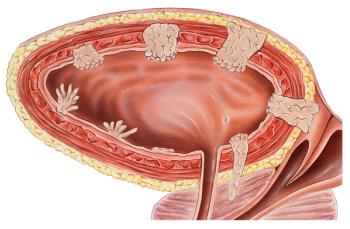
Is It Safe for Patients to Exercise During Treatment for Cancer?
Despite the toll chemotherapy can take on the body, experts say it's possible for athletes to exercise while undergoing treatment for cancer.
Triathlete
As much as exercise helps reduce the odds of receiving a cancer diagnosis, athletes are not immune to the disease. But cancer is not a death sentence for grueling workouts.
“I personally had patients...that are professional level athletes that tell me ‘If I can’t continue this type of training and be an athlete, I’d rather die,’” said
When consulting a new cancer patient who’s attached to their extreme exercise routine, it’s important to remember that, despite the toll cancer treatment can take on the body, it’s better to stay active during treatment.
“Anyone who tells you (exercising during treatment) could be bad, my answer is show me the data,” said
Schmitz was part of the group that devised the new recommendations and clinical guidelines for exercise during and after chemotherapy, which is to be released in October. The number one piece of advice in this set of guidelines remains the same as previous ones: avoid inactivity.
According to Gilchrist, who runs
“You have to listen to your body and create the schedule,” Gilchrist told Cancer Network. “That’s hard for athletes during chemo. You can’t be that structured. You have to give yourself a break. If you work out when your body says ‘this is not the day,’ you’re going to hurt yourself.”
When advising a patient with cancer who is also a competitive athlete, Schmitz recommends telling them to listen to their bodies. Taking 10 minutes to exercise and then monitoring how they feel can help prevent a patient from overtraining. More importantly, they need to find doctors who will listen to them.
Schmitz added that it’s important for patients to be aware that overtraining may delay treatment by exhausting the body and affecting the number of blood cells needed for chemotherapy. Instead of pushing themselves, she said patients should allow themselves days of easier workouts if they need them during treatment.
In addition, patients should consider their mental wellbeing as they go through intense treatment. She added that many athletes who get cancer often experience anger and betrayal for doing the right things to prevent the disease and getting it anyway. She encourages yoga to help with insomnia during treatment and meditation to help with being mindful.
Newsletter
Stay up to date on recent advances in the multidisciplinary approach to cancer.


























































































